Watch Out For That Elephant!

Last night I was sitting on the bleachers in a high school gym watching my daughter’s basketball game. Her team led the first quarter, but just before the half, the opposing team scored with two smooth plays, and then landed not one, but two 3-pointers. Our team countered with several wild and unsuccessful shots and desperate passes that were easily intercepted. Called over to the bench, the girls slumped into their seats, shoulders hunched, faces downcast. It was a clear case of the elephant taking full control from the rider.
If you’ve read Jonathon Haidt’s book, The Happiness Hypothesis, you are familiar with his memorable metaphor of the rider on the back of an elephant to describe the two parts of the human mind: the controlled, reasonable thinking mind (rider) and the automatic, emotional mind (elephant). As he explains in the book, “the mind is divided into parts that sometimes conflict. Like a rider on the back of an elephant, the conscious, reasoning part of the mind has only limited control of what the elephant does.” Imagine a person perched on top of a 6-ton elephant. While the rider may be holding the elephant’s reins, whatever direction that elephant chooses to go, the rider has precious little control should the elephant and the rider disagree on direction.
It is important to note that the elephant shouldn’t be seen as a problem but as a critical part of our ability to perform at our best. In its capacity for emotion, the elephant supplies the energy and determination needed to reach a goal. No matter your definition of success, passion, and energy play a vital role. Both drive creativity, entrepreneurship, and leadership and are key characteristics of the elephant mind.
Likewise, we should not strive to give the rider full control. The parts of our brain responsible for rational, reasonable thinking require vast amounts of energy to work. In fact, our brain has an automatic system to identify routines, also known as ‘habits,” and transfers them to the more primitive parts of our brain where they require less energy. Helping the rational thinking part of our brain connect with the emotional part is far more productive and will positively affect our overall performance far more than attempts to will the rational thoughts to override emotions.
The teenage basketball player whose rider has lost control is in good company as we see examples of this duel-mind conflict every day. If you’ve ever shut off the alarm clock and overslept, or eaten more than a serving or two of dessert, or used time meant for work to indulge in something more pleasurable, your emotional mind has overridden reason.
The point in understanding the elephant-rider concept is two-fold. First, with a better understanding of our thinking process, we can more quickly recognize when our reasoning, rational mind is in conflict with our emotions. Particularly in times of stress, we can be aware of how stress is affecting our decisions.
This awareness leads to the second critical reason for having an understanding of the dual-mind process. Awareness allows us a better capacity to intentionally motivate the elephant and direct the rider so the two work together instead of against each other. By making adjustments to help the emotional mind work with the reasoning mind we can significantly improve our ability to get our work done well.
The elephant-rider metaphor is particularly useful in the working world. Our days are a set of decisions, tasks, projects and long-term goals, interspersed with conversations, routines, meetings and communications. Is our rational, reasoning mind working in concert with our emotions? Are we finding the motivation to stay on task and focused as we work?
To learn more about strategies for strengthening the elephant-rider relationship, consider the Heath brothers’ book, Switch: How To Change Things When Change Is Hard. Using inspiring stories coupled with research in psychology, sociology, and other fields to shed new light on how we can effect transformative change, the authors outline a process for change-management by reconciling the differences of the emotional and rational mind.
One last note – I’m grateful for our high school coaches who understand, and more importantly, have the patience to motivate, train and challenge the female teenage brain. Not all of us are wired to do that well. While my daughter’s team walked away from the game with a loss, I was happy to see that many of the girls left their disappointment on the court and were already looking ahead.

